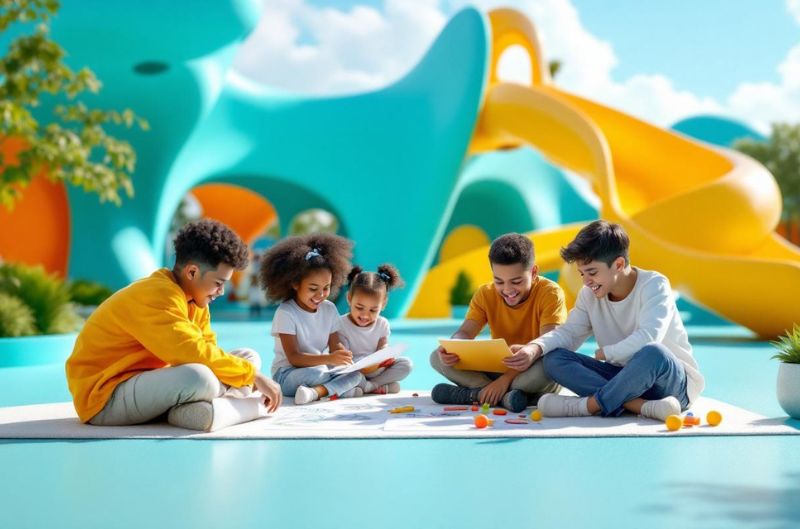
Building Inclusive Playgrounds That Go Beyond Accessibility
Author: Austin Stanfel
Building inclusive playgrounds that go beyond accessibility means designing spaces where every child, and every family member, truly belongs. These intentional spaces do more than meet standards for physical access; they nurture social inclusion, engagement, and a community-wide sense of welcome for people of all ages and abilities.
Understanding Inclusion Beyond Accessibility
A playground that is merely accessible ensures entry and movement for people with disabilities. An inclusive playground, however, is one where all visitors can fully participate, interact, and thrive. This means considering physical, cognitive, sensory, and emotional access, and fostering environments where differences become assets, not barriers.
Key Principles of Inclusive Playground Design
There are widely recognized principles that guide truly inclusive playgrounds:
- Equitable Opportunity: Design activities so everyone can participate, regardless of ability, age, or background. Equipment should address the needs of the whole child, including physical, cognitive, emotional, sensory, and communication needs.
- Flexibility and Choice: Offer a variety of play experiences and access points so that children can choose how to participate, be it through ramps, tactile panels, interactive features, or quiet zones.
- Physical and Social Belonging: Group activities with similar physical demands for different abilities together, facilitating social interaction and familiarity. Aim for play structures that encourage children both with and without disabilities to play, learn, and connect.
- Universal and Multigenerational Design: Make the spaces usable for people of all ages, children, caregivers, and grandparents. Features like fencing, safe surfacing, benches, wide pathways, and socially engaging equipment serve broader community needs.
Going Beyond the Basics: Neurodiversity and Sensory Inclusion
- Modern inclusive playgrounds acknowledge that play is deeply personal. For neurodivergent children, those with autism, ADHD, or sensory processing differences, traditional playgrounds can be overwhelming or unwelcoming. Designers now:
- Provide sensory-friendly elements like textured climbing structures, accessible swings, and quiet refuges for children who need a break from social or sensory stimuli.
- Use clear signage, color-coded wayfinding, and defined zones to ease navigation and lower anxiety, fostering independence for all users.
- Program spaces for flexible, cooperative play, encouraging teamwork, friendship-building, and problem-solving skills eare ssential for every child but particularly beneficial for those who may otherwise feel excluded.
Safety and Challenge for Everyone
Safety is vital, but so is the opportunity for risk and mastery. Inclusive playgrounds balance protective features like fencing, resilient surfacing, and cozy quiet spots with challenging options, climbing walls, balancing equipment, and group activities that allow every child to test and develop skills at their own pace.
Community Engagement and Co-Design
The most successful inclusive spaces are created alongside the people who will use them. Engaging caregivers, children of all abilities, and advocacy groups throughout the design process leads to inventive solutions tailored to genuine needs. Providing sensory guides and activity maps allows families to plan visits that are joyful instead of stressful.
Creating Connection and Belonging
An inclusive playground is more than a collection of equipment: it is a social ecosystem. Purposeful programming, like intergenerational activities, inclusive games, or social story signage, promotes character development, awareness, and empathy. The goal is to create a space where “the coolest thing” is also the most inclusive, ensuring no one feels marginalized or left out.
Real inclusion in playgrounds means that accessibility is just the beginning. The best playgrounds foster genuine belonging, offer choices for every visitor, and reflect the unique strengths and needs of the whole community.

